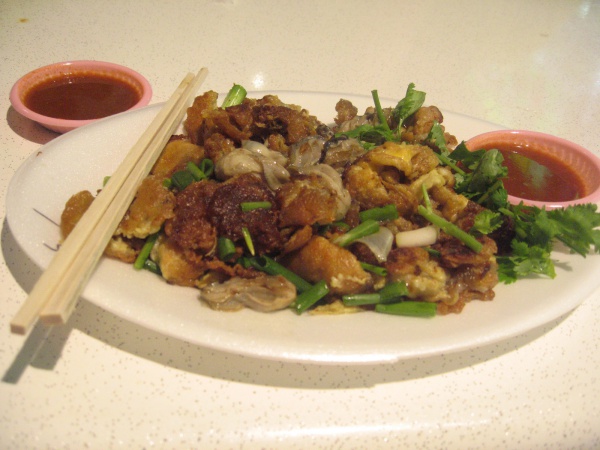Facts About Oyster omelette
The oyster omelette, also known as o-a-tsian, o-chien, or orh luak, is a savory dish with origins in Hokkien and Teochew cuisine. It is particularly popular in the Chaoshan and Minnan regions, Taiwan, and various parts of Southeast Asia. Owing to the Hokkien and Teochew communities, this dish has spread to countries such as the Philippines, Thailand, Malaysia, and Singapore. Variations can even be found in southern China.
In Thailand, the oyster omelette has been adapted to include mussels, though many Thai people may mistakenly believe these dishes originated within their own culinary traditions rather than from Chinese influence. Notable places in Bangkok for enjoying oyster omelettes include Talat Wang Lang, Wang Lang (Siriraj) Pier, the Yaowarat neighborhood, and the Charoen Krung neighborhood. The World Street Food Congress named the oyster omelette as one of Thailand's most notable street foods in 2017.
In Taiwan, the oyster omelette is a staple at night markets and is often considered a must-try dish for visitors. It is known for its generous portions and affordable prices, which are typical of night market fare. In the Philippines, it is often listed on English menus as "Oyster Cake."
The dish itself typically features a thick omelette filled with small oysters and a bit of starch—often sweet potato starch—to give it a thicker, more satisfying texture. It is usually fried in pork lard for extra flavor, and sometimes a savory sauce is drizzled over the top. For those who enjoy a bit of heat, a spicy chili sauce mixed with lime juice is a popular addition. If you are not a fan of oysters, shrimp omelettes often serve as a delectable alternative.
Regardless of what it is called or where it is found, the oyster omelette remains a beloved dish, cherished for its unique blend of flavors and textures.

 Malaysia
Malaysia